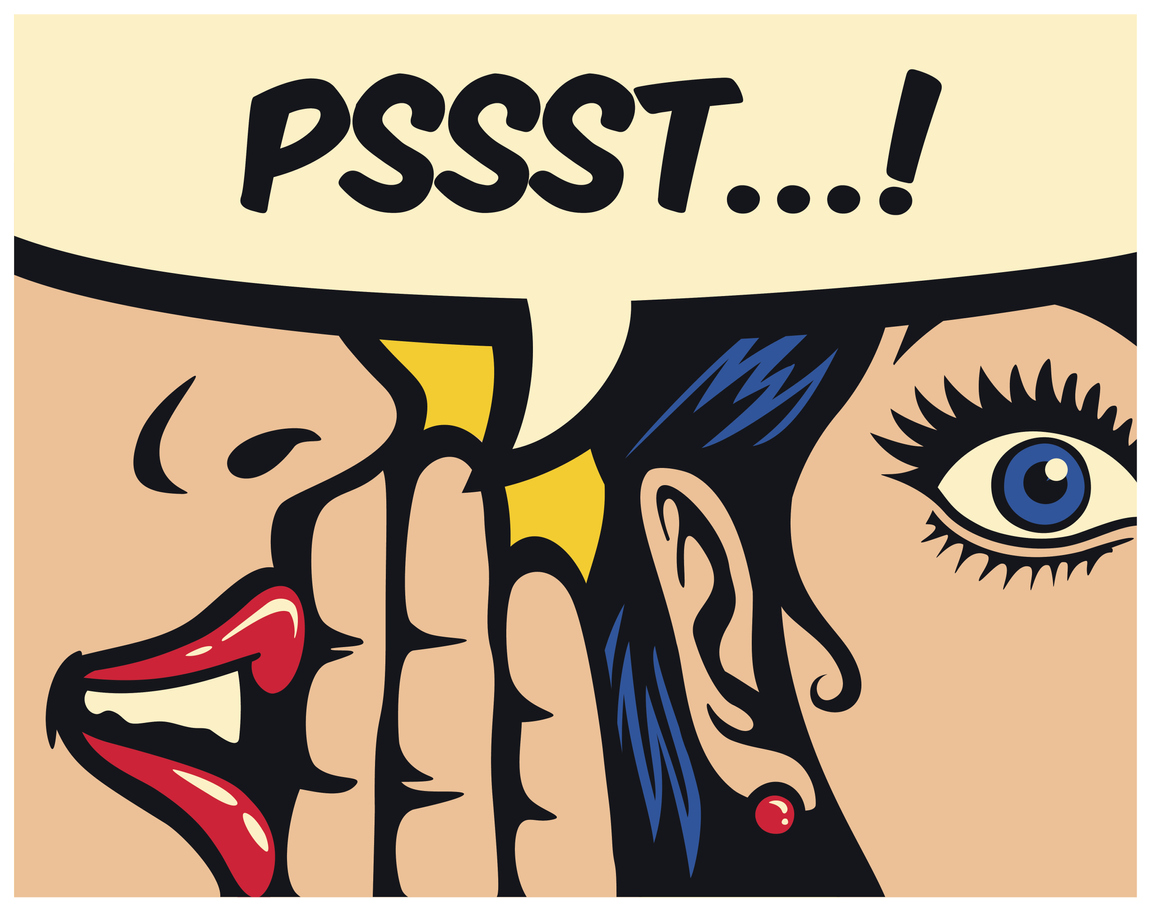Paper scanning can be a black box to anyone that wants their records digitized: what happens when you send your files to be scanned? Why does it cost so much? Why are you being asked for so many details?!
And it can morph into a Pandora’s box once you involve yourself in the nitty-gritty details and learn as much as you can about paper scanning, such as the various types of indexing, how poor condition records can swamp the project, and all the ways you can get your files digitally formatted and delivered.
It can be a lot to take in when all you really wanted was to “scan paper.” And it can be a lot on the wallet, too! All of the nuances of paper scanning can add up and cost much more than you thought or planned for.
To help you keep your costs down, we’ve put together a (shhh!) secret list of four and a half ways to lower your paper scanning price. Read on to find out how you can save money on your next project!
1. Prep Your Records
Contrary to popular belief, paper scanning projects are more about the preparation (“prep”) and indexing (see #4) than the actual scanning. Sure, it’s called a “paper scanning project,” but that’s usually the easy part! Getting the files ready for scanning so that they can feed into the machine cleanly is a huge part of the overall work.
Prep can include a number of ways to get your papers ready, but the most common are:
- Separating pages that are stapled or paper clipped.
- Fixing tears
- Removing pages from bindings (such as prongs, binder rings, or rubber bands)
- Organizing loose pages
This list isn’t all-encompassing but covers a major swath of what we do during prep.
A prime way to lower your scanning price is to have clean documents before they’re scanned. Instead of sending us your records as-is, you can go through them and do your own prep before we get them, thus minimizing the time we’ll need to spend getting your documents ready for scanning.
We’ll always do our own prep, even if you took care of it beforehand; this might be a quick flip through your files to make sure nothing was missed (like an errant stapled page), but if you can significantly reduce the amount of time that our folks spend prepping your project, you can save a good amount of money.
2. Box Your Records
We often get scanning requests from customers who have their paper records in cabinets, drawers, shelves, and racks. This isn’t a problem, but it’s one step removed from having the documents in boxes so that they can be transported to our facilities and scanned.
If your records aren’t yet in boxes, you can take the initiative and transfer them from their existing location (such as a file cabinet) into bankers boxes so that they’re ready to be moved. Additionally, if we’re going to be picking up the project files as part of the services, having them staged in an easy-to-get-to location is useful. By boxing the records yourself, and staging them in a convenient pick up spot, you can save some money and eliminate fees associated with us doing these things for you.

3. Take Care Of The Transportation
Getting your documents to us is the next step in the journey of digital conversion. And like in any journey, there are numerous adventures to choose from.
The typical methods of transportation include our employees picking up your records, or you pack them up and ship them to us (using something like UPS or FedEx). In most cases, having us pick up your files is the most costly, and that’s assuming you’re in the general area where driving to you is logistically feasible. Since we’re located in California, we normally stick to pickups in our state and the surrounding region, but it’s also based on how many boxes we’re picking up.
If you’re looking to save some money on the project, you should consider delivering the files yourself (dropping them off at one of our facilities) or shipping them to us.
We’re not a transportation and logistics company, so although we’re capable and willing to transport your files we always appreciate it when you’re able to get them to us yourself. And it can save you money on your project!
4. Simplify Your Indexing
Indexing can be one of the most complex and expensive parts of your project.
To keep costs down, simplify your digital indexing requirements by replicating how you physically find your records now. By doing this you’ll already be familiar with locating the files and will still get the benefit of digital speed.
For example, if your project contains 100 boxes of client files and all client records are organized in folders, digitally indexing by the folder label is a way to replicate your existing method. We’ll scan all the files and name each document by the folder label. Simple, clean, and cost effective.
You could also consider indexing by the box, the most basic method of indexing and the lowest cost. If you’re not getting into your files that often, this is a great choice.
If your project is more complicated than simple folder-level indexing but you’re wondering how to save some money, we have a self-directed option for you: our Online Indexing System (OLIS).
With OLIS, we set you up with an account on our platform and you create the indexing fields that will apply to your records. As you organize your files, you simply print out barcode sheets and insert them into your files. When we scan the files, the barcode sheet will be scanned and the index information will be automatically populated for that particular file. It’s a do-it-yourself method of indexing that removes the uncertainty of complex file-naming and also reduces your project costs.
4.5. Choose The Best Delivery Method
Scanning your records to digital isn’t the end of the game; you’ve still got to receive the files. One of the most common delivery methods is exporting to a USB drive and getting that to you. But, depending on where the USB is delivered to, the project may be taxable.
For example, if you just finished a $100,000 project and get a USB drive delivered (and it’s taxable based on your state’s laws), you could be paying anywhere from $5,000 to $10,000 just in taxes! If you’re not interested in paying a fat tax bill, you might consider receiving your files electronically.
One option for this is File Transfer Protocol (FTP) in which a secure site is created for you to download your digital files.
You can also go with our Digital ReeL secure hosted application and access your records that way, which eliminates the need to receive a USB deliverable.
Next Steps
Reach out to us today! Click the “Get Your Quote” button below, fill out the form, and we’ll quickly reply to you to discuss your project.
Further Reading
Craving more paper scanning-related content? Check out the three articles below:
“How Much Does It Cost To Scan A Box Of Paper?” lays out the 7 factors that go into pricing your scanning project. Factors include the amount of material you have (number of pages/boxes), the way your records are organized, and your indexing requirements.
“How Long Will A Paper Scanning Project Take?” describes various parts of a project that can affect how long it takes to complete, include the type of records you need scanned, your ideal schedule (start and end date), and the overall complexity of your project.
“The BMI Paper Scanning Process” illustrates our 9-step process to take your records from physical paper to digital files.

